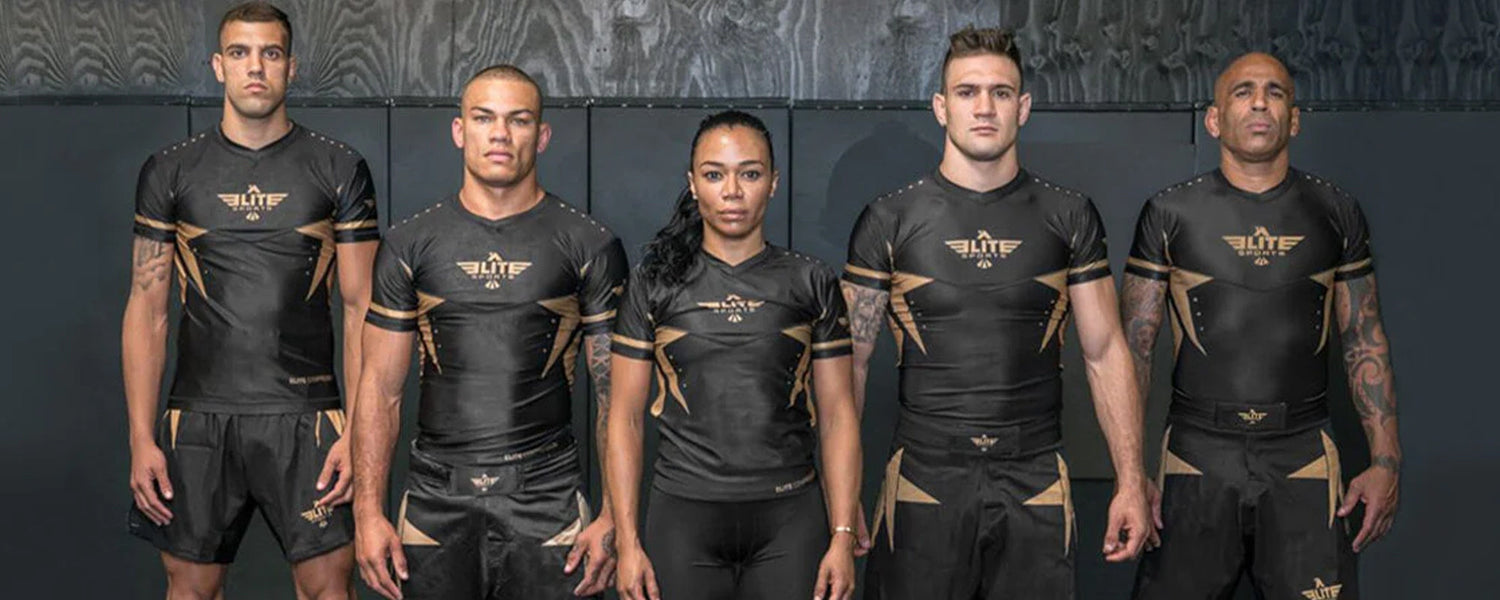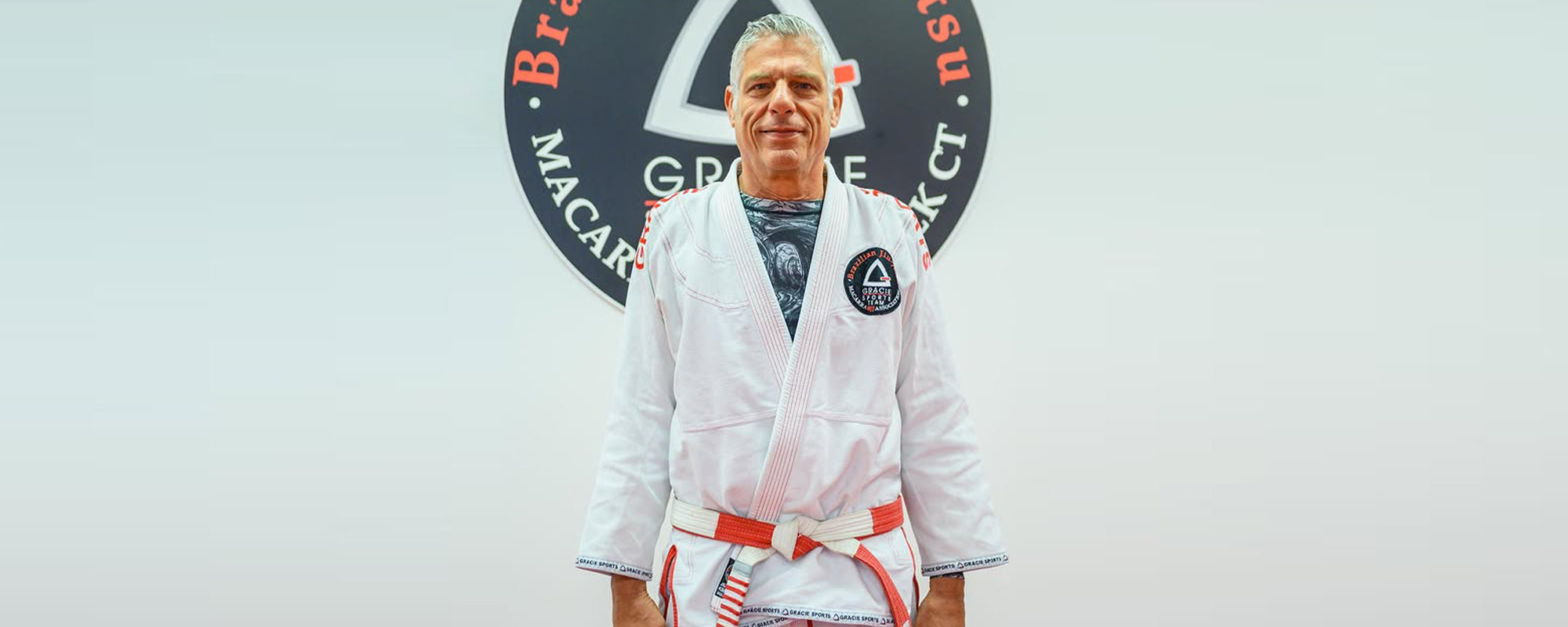Table of content
Brazilian Jiu-Jitsu is one of the most famous combat sports that excels in its efficiency in self-defense, which is why many people sign up for BJJ classes.
While speculations are made about BJJ being dangerous, there are volumes to say about its benefits, especially from a psychological perspective.
Apart from the obvious and significant cardio workout and the physical/physiological benefits that come with it, BJJ also teaches you a lot in terms of controlling your behavior and your emotions.
Whether you’re going for BJJ yourself or signing your kid up for it, you can rest assured that BJJ will inevitably provide the following benefits:
Also read: How BJJ Helps Kids Develop Social Skills
1. Open Communication
Research has revealed that even though BJJ may not be that historic and it’s difficult to distinguish it as a traditional or modern martial art, it’s still effective in developing communication skills.
Many practitioners with social anxiety have found it easy to communicate with their fellow gym members as the sport involves communicating with your rolling partners in order to get the maximum out of your training.
Open communication in BJJ can be witnessed when teaching and watching kids learn this martial art. From the beginning stages of watching and learning to the first time rolling with each other, students with social anxiety overcome barriers in communication and learn to ask questions and discuss their vulnerabilities.
Feedback is one of the most important parts of BJJ training. Not only is a practitioner hungry for feedback regarding their rolling sessions, but they’re also expected to provide it for their rolling partners.
Since it’s a body-contact sport that involves normalizing physical touches all over the body, many have speculated on the dangers of involving sensitive or traumatized people/kids in such an engagement.
However, individual stories and accounts corroborate with the theory that introducing the triggering circumstances of traumatic events in a safe environment and under trusted supervision can help victims overcome their paranoia.
While not enough official research exists to back this up, sexual assault victims have shared their stories on social platforms encouraging others to use BJJ for its therapeutic effectiveness.
2. The Idea of Personal Space
BJJ practitioners are used to body contact more so than other martial artists. It’s no secret that BJJ athletes and trainees go through training sessions that involve some of the most awkward positions one can imagine engaging in with another human being.
However, this doesn’t mean that BJJ athletes will grapple with just about everyone they come across. Surprisingly, teens who learn BJJ are more aware of how to respect someone’s personal space because they know how they’d feel if someone were to do it to them.
In BJJ, you are taught not to let someone take dominant positions and you train to develop reflexes and techniques to not allow people to get close enough to get these positions.
In teenagers and adults, the idea evolves and people eventually learn the boundaries between what’s acceptable body contact and what’s not.
While all BJJ athletes do roll with each other, they are more than understanding when physical touch is okay and when it’s not.
With the right teachers, this concept can be taught to kids who can distinguish between appropriate and inappropriate touches while also teaching them how to diffuse inappropriate situations.
3. Confidence in Personality
As explained above, BJJ teaches all practitioners the art of defending themselves and their loved ones in a close combat situation. This, alone, is enough to develop confidence in a person.
Moreover, as we’ve covered above, BJJ teaches you open communication. This gives you the chance of engaging with a very diverse group of people.
Since it’s a sport that has attracted the attention of a massive and diverse audience, there are many different people rolling on the mats with each other.
You’ll inevitably get paired up with people who’re taller, shorter, heavier, lighter, agile, strong, nimble, more flexible, or just technically smarter than you. This helps you come to terms with your body and your ability to understand how other people differ.
This is especially helpful in destroying toxic traits such as body-shaming and xenophobic tendencies in some individuals.
When you come to terms with the logical differences and learn to objectively assess situations regardless of preconceived prejudice, you immediately accept and respect your opponent.
This humanizing aspect helps practitioners develop sportsmanship and a competitive spirit that revolves around mutual respect. After all, you can’t hate a person you just spent an hour rolling around the mat with.
4. Knowing When to Submit
One of the key things BJJ teaches every practitioner, regardless of their age, is the act of submitting and accepting defeat gracefully. Clinical psychologist and BJJ black belt, Dr. David Ley has pointed out something very important in this regard.
According to Ley, the moment a white belt with an inflated ego enters the dojo and gets submitted in under 10 seconds by a white or higher belt, they immediately have their egos shattered.
Dr. Ley says that this experience introduces humility in the practitioner and since they see that they’re not the only ones getting subdued, and the people submitting them are being submitted by someone else, they learn that it’s the same process for everyone.
This reveals to the practitioner that BJJ is a humble martial art that doesn’t give room to stubbornness and rigidity. You’ll eventually be tapped out by everyone in the gym if you never change your technique or improve upon it.
The translation of this learned concept in social situations taking place in the dojo is apparent in white belts who find themselves alone because nobody wants to roll with them due to their aggressiveness and/or overzealous competitive spirit.
These practitioners eventually learn how to better interact with their peers and this concept gradually embeds itself in the practitioner’s personality.
5. Social Exposure and Cultural Diversity
BJJ is an inclusive sport that encourages people of all genders, cultural, and sports backgrounds. Even people with conditions like autism are motivated and supported to start BJJ and learn without discrimination.
This means that as a practitioner, you’re going to come in contact with a diverse group of people. While you may all follow different subcultures, you’re sharing a common mat and dojo.
Moreover, this also means that you’re literally rolling in each other’s sweat. That’s why most gyms incorporate a culture that is based on a rotational basis.
Everyone takes turns cleaning the mats and running other chores around the gym. Similarly, everyone gets equal opportunities to spar with everyone else and test out their skills evenly.
It doesn’t matter who you are or where you come from when you’re on the mats. People are always going to roll with their individual, technical, and tactical specialties.
After rolling, you can not only communicate better with your partner, but you can also understand them in a more effective manner. This inevitably translates into social exposure and promotes cultural diversity in the dojo as well as in the minds of the practitioners.
Not long ago, the inclusion of women in the dojos seemed like a far-fetched idea. But now, people are investigating and navigating through problems such as how males should roll with female partners or how to roll with people who can either:
- Have a physical limitation or dominance compared to you
- Have physical injuries or conditions or even psychological trauma
- Have different physical abilities or experiences compared to yours, etc.
While traditional BJJ did not anticipate these problems, modern practitioners are willing to openly discuss and fix the existing cultural problems in the martial art practice.
6. Conclusion
BJJ is one of the most comprehensive combat sports that are around for everyone to learn. Not only does it incorporate active as well as passive sparring sessions, but it also gives you enormous room to grow and hone your skills to the next level.
Whether you’re a goal-oriented person or someone looking for something physically healthy to do with a good social community, BJJ is definitely the answer.
Read more about Why Everyone is Fit Enough to and Should Start BJJ and other posts about BJJ here.









Leave a comment
This site is protected by hCaptcha and the hCaptcha Privacy Policy and Terms of Service apply.